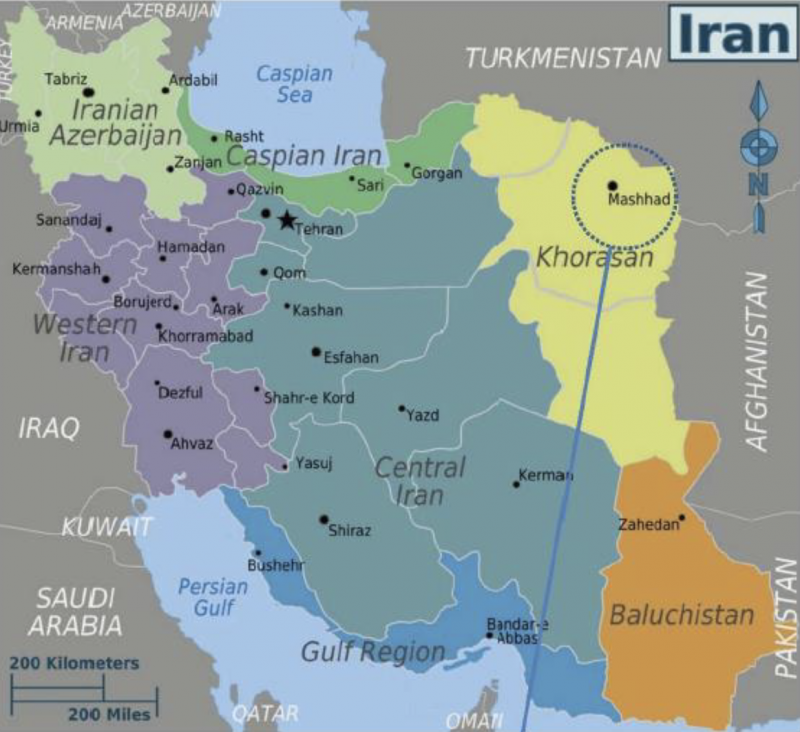Mashad Sewage Project.
Introduction
|
In the city of Mashhad, about 70% of domestic sewage was being discharged to absorption wells, because of the absence of a modern sewerage collection and treatment infrastructure. Given that underground water table in Mashhad is high, the discharge of untreated wastewater is, potentially, a major source of contamination, especially that abstraction of underground water sources account for 54% of current total supply. The other discharge body of untreated wastewater is the Kashaf Roud river, which farmers use for irrigation during the dry season. Taking into account the existing environmental and social conditions, the Islamic Republic of Iran requested IsDB to finance the Mashhad Sewage Project. The scope of the project covered the construction of two Wastewater Treatment Plants (WWTPs) located in the city of Mashhad and installation of sewage collection networks across the city. The city of Mashhad is located in the eastern part of Iran, at a distance of 934 km from Tehran. The location is in a plain situated between Binalood and Hezar Masjed mountains in Kashf Roud catchment area. |

(Image: Map of the Project Locations)
Objectives
The objective of the project is to enhance the quality of life in Mashhad, which is the second largest city in the country, with a population of 2.62 million people at the time of appraisal (and 3.1 million people at the time of project completion). This objective would be achieved by:
- Significantly increasing coverage of sanitation services from 25 percent to 48 percent through the provision of satisfactory wastewater collection and treatment facilities for about 925,000 additional people.
- Improving environmental conditions and reducing surface and ground water pollution.
- Promoting the reuse of treated effluent for irrigation of about 4,445 hectares.
Positive Impact
|
A significant number of temporary jobs were been created during the construction phase of the project. Also, during the on-going operation phase, 71 permanent jobs were created by the private operator for the O&M of the facilities. Another major outcome of this project is to sustain drinking water supply for Mashhad’s growing population with substitution of treated wastewater for underground water used for irrigation (estimated at 75,000 m3/day). This leads to preservation of the ground water resources for potable consumption. Reviving Kashaf Roud river and rehabilitation of Mashhad plain is another outcome of the project. Due to adverse conditions of water resources in Mashhad plain, the Kashaf Roud river, has almost dried out in the last few years. By discharging the effluent of WWTPs into the river and the recharging of the aquifer, especially during dry season, the regeneration signs of Kashaf Roud river has been observed during recent months, after commencement of WWTPs’ operation. It is worthwhile mentioning that although evaluation of environmental impacts will necessarily be a longer term undertaking, the project is an important step in that direction. Finally, providing fertilizer for summer crops cultivation is a further outcome. The sludge of WWTPs can be used as a natural fertilizer for cultivation of summer crops. Application of natural compost to the farmlands, not only improves the quality of products, but also brings additional financial resources to MWWC (although there was no plan for sludge management at the time of PCR preparation, selling sludge can be an additional source of income for MWWC). further positive impacts include:
|